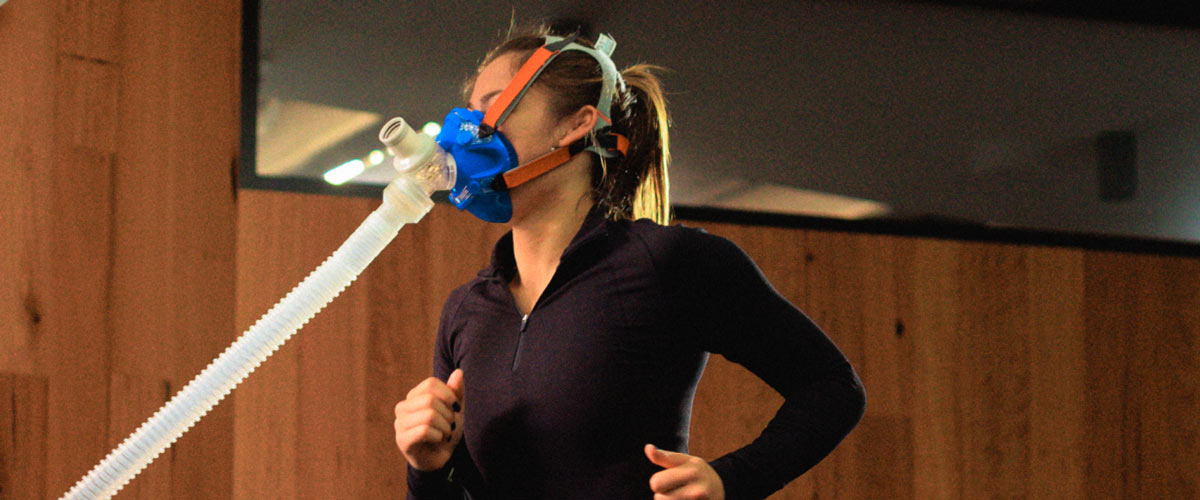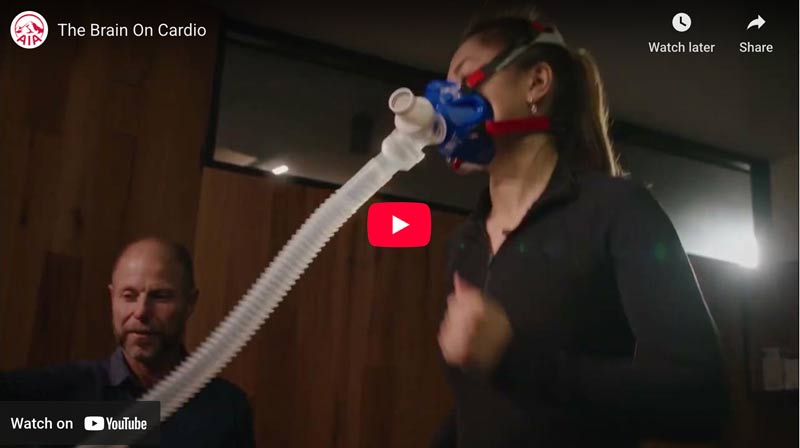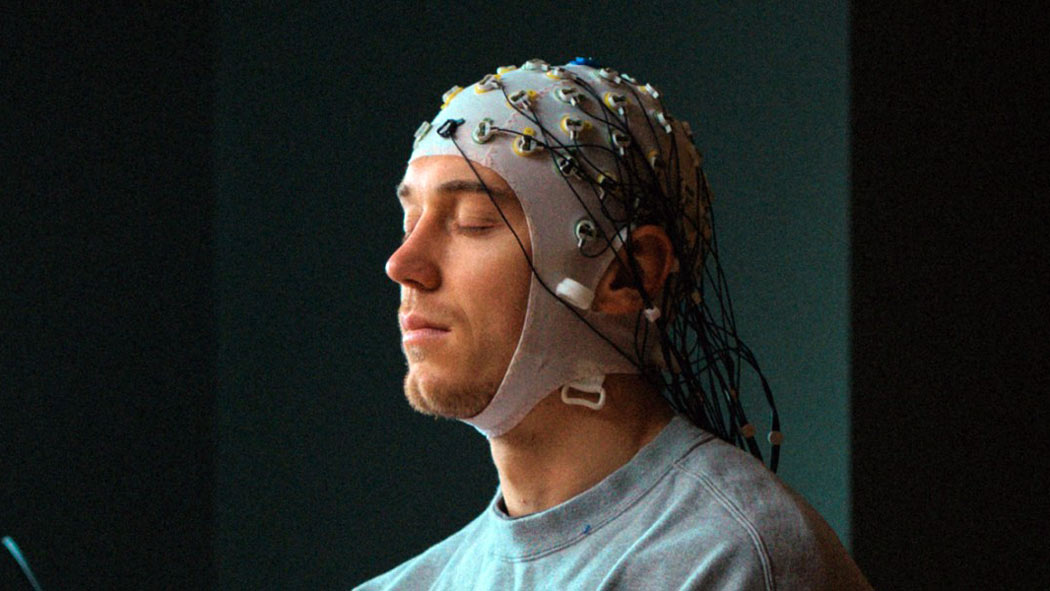Can cardio improve our memory? That’s the question AIA Australia asked Monash Biomedical Imagery.
When you think of ‘brain exercises’ your mind probably goes straight to things like Sudoku or Wordle. And while these activities can certainly improve our cognitive ability, they’re not the only way we can keep our brain healthy.
At Monash Biomedical Imagery (MBI), neuroscientists and exercise physiologists have been working together to better understand the impacts of exercise on the brain, with a particular focus on memory. Naturally, we had a few questions for them, so we brought Olympian and AIA Australia Ambassador Gronya Somerville along to talk (and maybe run a little).
Watch video: The Brain on Meditation
Testing cardio’s impact on the brain
To understand how exercise affects the brain, we need to (you guessed it): exercise. Using high resolution brain imaging techniques like magnetic resonance imaging (MRI), MBI tested the cardio and respiratory fitness of a range of participants, studying their brain’s structure and function in the process.
Here's what they found:
Improved memory
Aside from bettering our overall health, exercise improves our brain’s structure and function, particularly the hippocampus, a region of brain where memories are formed and stored.
MBI found that people who exercised regularly and had higher cardiorespiratory fitness, had a larger hippocampal volume and better neuronal cell health. In other words: exercise improves the plasticity of the hippocampus area, allowing us to form new memories and recall old ones more easily, as we age.
Strong body = strong mind.
To process glucose effectively and keep it within normal range, our body produces a hormone called insulin. With regular exercise, we can increase our brain’s sensitivity to insulin and overall blood flow, thus improving our brain’s overall health and cognitive activity, particularly in regions responsible for memory, attention, and problem solving.
You don’t have to be a professional athlete to reap the mental benefits of exercise. Simply carving out a few minutes of physical activity a day will accumulate to significant benefits in your brain now and in the future.
AIA Vitality members can earn up to 15,000 points per membership year for engaging in physical activity. Linking and syncing a fitness device is the best way to ensure your physical activity earns you AIA Vitality Points to progress your AIA Vitality Status and unlock benefits and rewards.
Disclaimer: The brain imaging presented in this series is for illustrative purposes only and is not the actual brain images of the talent features within. This content was developed using Monash University facilities and expertise/personnel as a fee for service. The use of the featured product is not a promotion, endorsement or recommendation by Monash University of that company or product.







